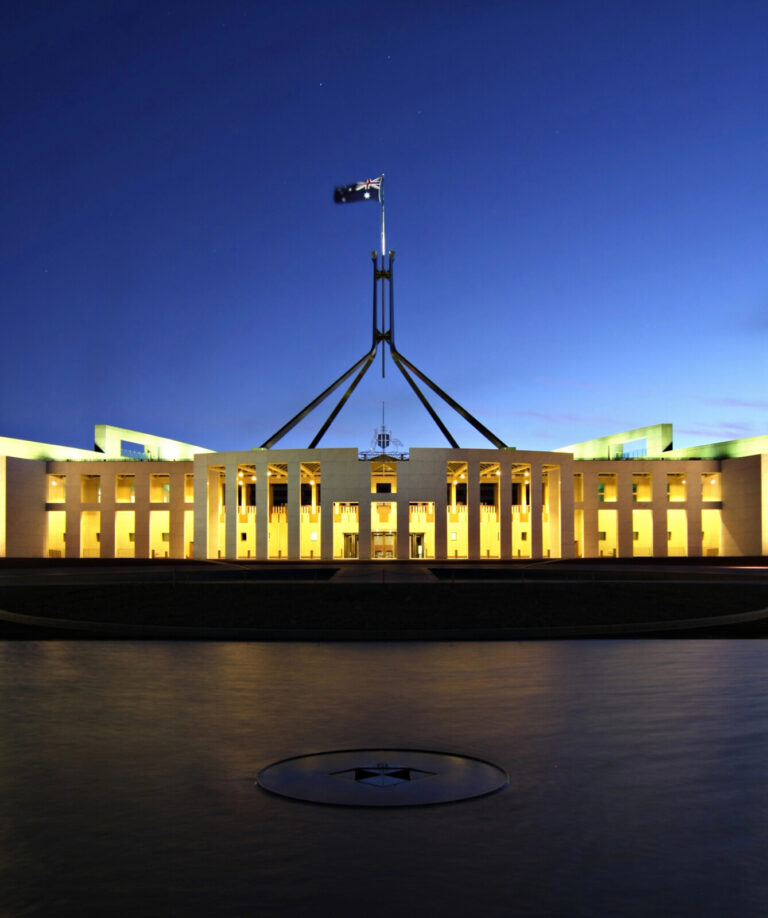2024-25 Federal Budget Recap
In his 2024 Federal Budget speech, treasurer, Jim Chalmers, announced that ‘The number one priority of this government and this Budget is helping Australians with the cost of living’. But…

In his 2024 Federal Budget speech, treasurer, Jim Chalmers, announced that ‘The number one priority of this government and this Budget is helping Australians with the cost of living’. But…

When it comes to getting the most (money) from your annual tax return, there is usually a lot to think about, so we’ve identified a few options that could open…

As the end of financial year fast approaches, there is still time to consider the strategies available to you this June 30 to build your wealth, some of which are…

If the ins and outs of superannuation leave you confused, the answers to these frequently asked questions will help you understand the basics. How much do I need to retire?…
End of content
End of content